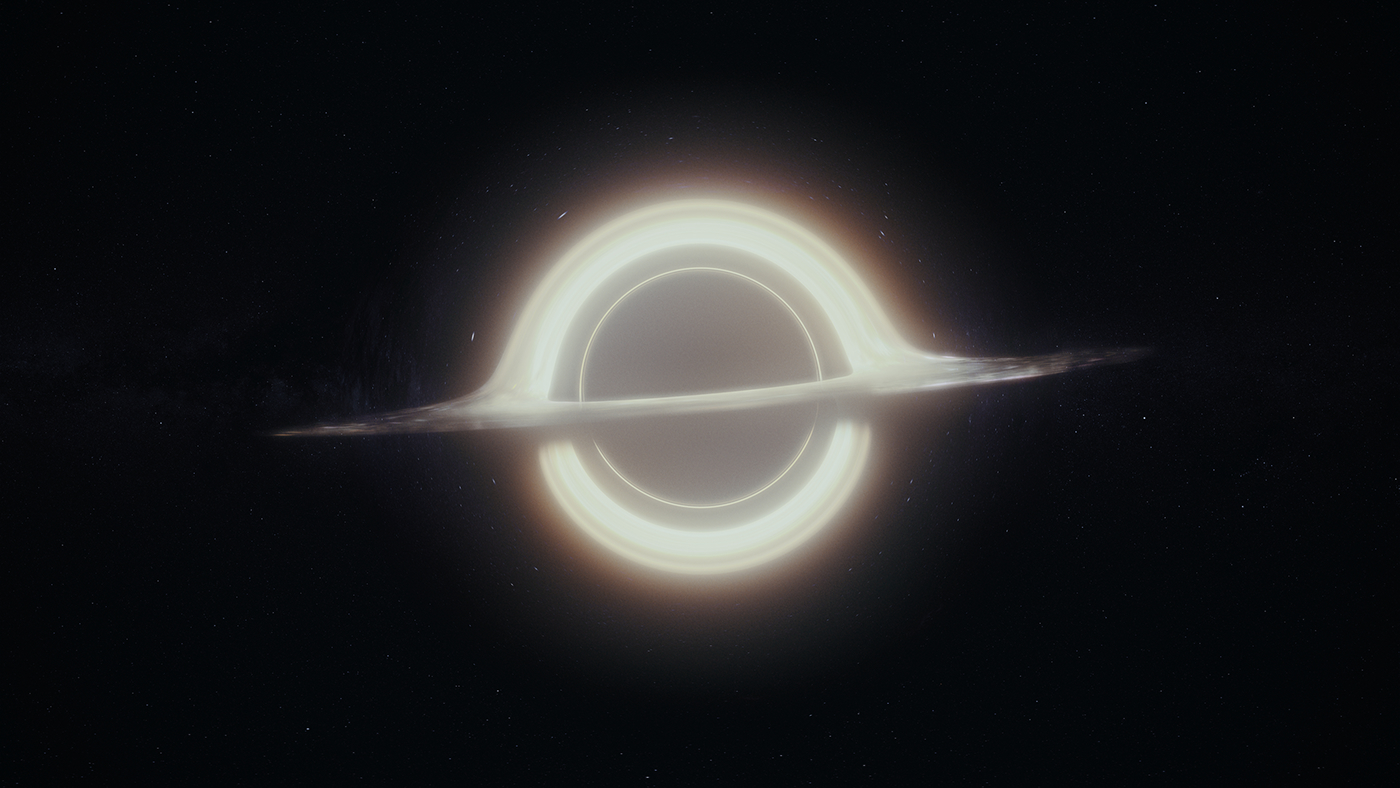

Studying quasars made astronomers think that black holes 10 billion or more solar masses must exist for some of these faraway quasars to be so bright.


“Just imagining a black hole that is so huge is cool,” said Jens Thomas, an astronomer at the Max Planck Institute for Extraterrestrial Physics in Germany and one of the study’s authors.īut the finding is also exciting because it lends support to astronomers’ current understanding of quasars, distant galaxies with massive central black holes that emit huge amounts of light as they gobble up nearby matter in a process called accretion. The researchers are excited to find the most massive black hole ever measured. And this black hole, a super-massive object at the center of the galaxy Messier 87 (M87 shown above), really is a monster, observed Ellie Mae O’Hagan for The Guardian.
Gargantua black hole series#
This series of mergers also created the black hole in its center, a monster about as big as our solar system but with the mass of 40 billion suns. Pairs of spiral galaxies form elliptical galaxies, pairs of those ellipticals form cored elliptical galaxies, and a pair of cored galaxies formed Holm 15A. That would mean Holm 15A probably formed from the combination of eight smaller spiral galaxies over billions of years. These multiple images are caused by the black hole dragging space into a whirling. The authors of the new study found that Holm 15A, the enormous galaxy at the center of its home galaxy cluster, must have formed from yet another merger of two already-huge cored elliptical galaxies. Gargantua is the name of the Einstein-Rosen Bridge in Nolans film. Astronomers call these huge elliptical galaxies with faint centers “cored galaxies.” Massive cored galaxies often sit in the centers of galaxy clusters. The resulting extra-large elliptical galaxy usually doesn’t have much gas from which to form new stars, so its center looks pretty bare after its black hole kicks out nearby stars. Their central black holes combine as well and make larger black holes, which can kick huge swaths of nearby stars out to the edges of the newly formed galaxy. In crowded environments like galaxy clusters, these elliptical galaxies can collide and merge again to form an even larger elliptical galaxy. Entertainment Inc./CQG 32 065001 Oliver James is chief scientist of the world’s biggest visual effects studio, DNEG, which produced the spectacular visual effects for Interstellar. When two spiral galaxies - like our Milky Way and the nearby Andromeda Galaxy - collide, they can merge and form an elliptical galaxy. Gargantua A variant of the black-hole accretion disk seen in the film Interstellar.


 0 kommentar(er)
0 kommentar(er)
